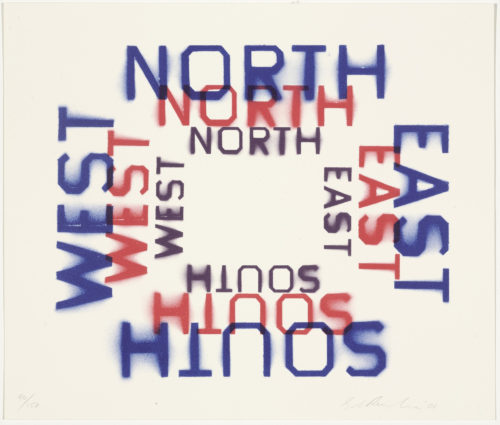
West
The west coast of Tel Aviv is bordered by the Mediterranean. The city meets the ocean in a magnificent nine-mile stretch of sandy beaches, populated nearly year-round by locals and tourists alike. The water is deep aquamarine and actually warm, unlike the Jersey Shore. There’s a different beach club every 50 feet, each one with hundreds of lounges and umbrellas set up to rent for just 15 shekels (about $4) for the whole day. You can even complement your inexpensive beach lounge with an overpriced salad from the club’s extensive menu if you so desire! Along the shore, men in speedos (that European influence) and women in bikinis (no matter their age or body type) play matkot and dip their feet in the water. Half-naked toddlers play with buckets and shovels in the sand as club promoters approach twenty-somethings with wrist-bands for tonight’s party. Tel Aviv’s beaches are beautiful, but they are decidedly not relaxing, especially in the dead of summer.
North
The northern region of the city is known for being more upscale than the other three-quarters. At the very top of the city is the University, naturally an area teeming with students and intellectuals. The rent is higher if you want to live here, and it’s more family friendly than other neighborhoods across the city which are known for being a bit more hipster-grungy. Further from the University, but still at the top of the city is the Namal, or port, of Tel Aviv. No longer an actual functioning port, the Namal currently houses myriad shops and restaurants situated along the water, as well as several nightclubs (Shalvata > Lighthouse > Litzman, no question). The clubs are open, and crowded, every night of the week. Here you’ll find American boys dropping thousands of shekels for a table and girls pushing their way to the front of the lines, flashing IDs and questionably-tasteful amounts of cleavage. Israel may be a country known for its strife, but North Tel Aviv is known for its nightlife.
East
At the easternmost edge of the city, nestled between the upscale Sarona Market and the Ayalon freeway is a budding-business hotspot that gives the city its reputation as a “startup nation.” This is where I spent the majority of my days this summer, in a four-story office building that housed several start-ups focused on everything from fashion to e-commerce to venture capital. The building’s open floor plans (collaborative environment!), average employee age (~30 years) and stark white walls adorned with motivational posters (“Get shit done,” “Always deliver more than expected,” Less meetings, more doing,” to name a few) wouldn’t let you forget where you were and what you were supposed to be doing (The Silicon Valley of the Middle East; executing your startup’s vision, making the world a better, more efficient place, or pretending to be productive, in my case). Though there are startups situated all around the city, this area’s particularly high concentration makes it a main hub, the beating heart of the startup nation.
South
In stark contrast to the rest of the city is South Tel Aviv. The area is known for being home to both legal and illegal immigrants. Normally there would be no reason for most of the city’s dwellers and visitors to venture to this area, except for the fact that it is also home to the city’s central bus station. Rumor has it the architect of the station designed it to make you feel disoriented and actually get lost. It is probably the closest thing to Hell on earth, with mazes of escalators and shops with cheap knockoff sneakers and hideous clothes. There’s also an Asian market nestled somewhere in there. Outside the station, a young prostitute resists the assistance of paramedics, knowing that a trip to the hospital would expose her alien status. My roommate for the summer volunteered on an ambulance, and she constantly received calls that brought her to South Tel Aviv to attend to heroin addicts and sex workers. The South is a world of poverty and adversity that exists in stark contrast to the cosmopolitan vibrancy of the rest of the Tel Aviv.
The writing is so good! Very visual and stimulating for thoughts or discussion!
Rachel Levin